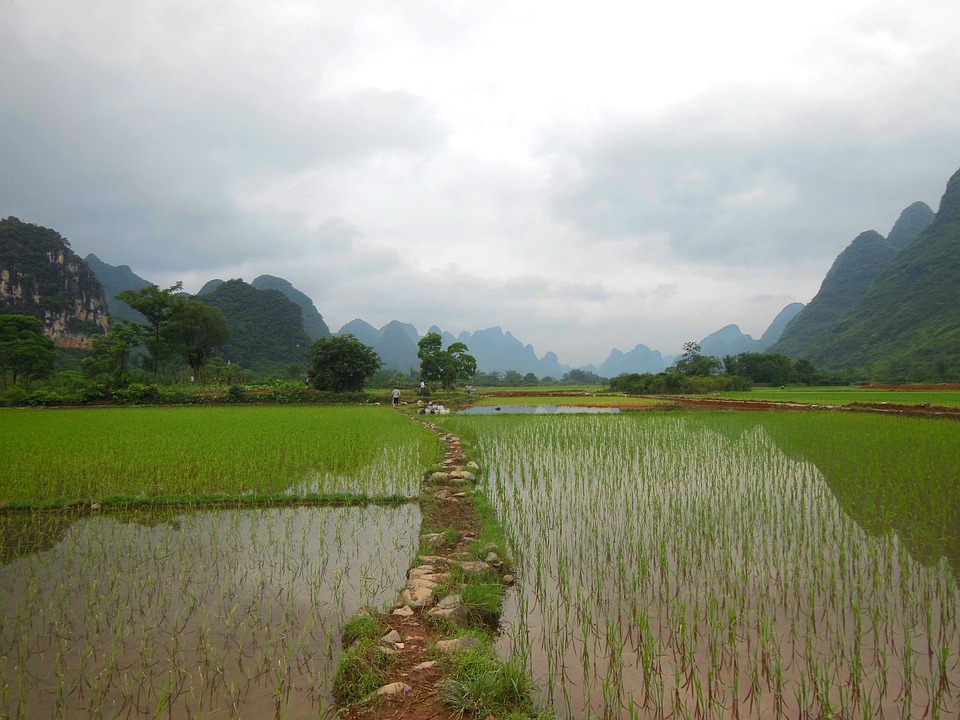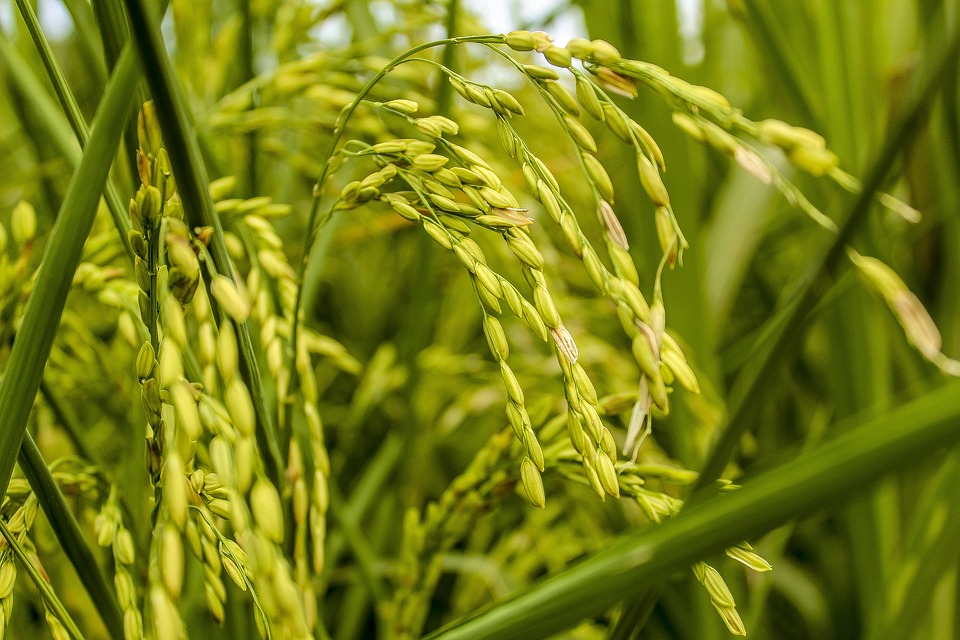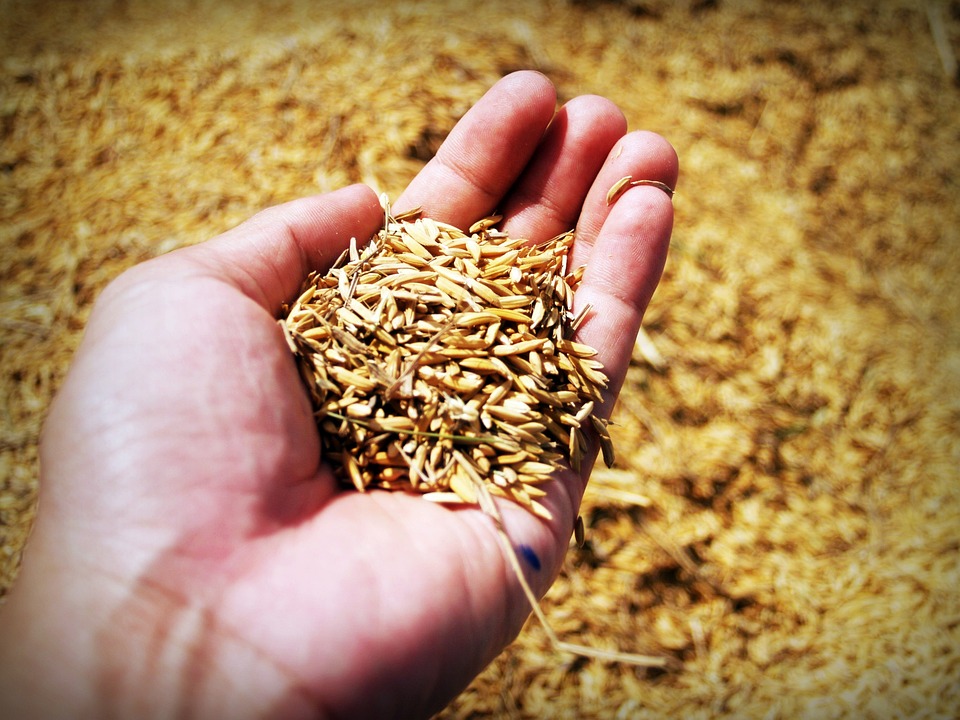Drought Resistance: A New Way to Grow Crops?
The ability of crops to absorb water is crucial, as without it, there can be no way for crops to grow. The trouble is that the ground has a more challenging time absorbing water after a drought, so crops that suffer from drought are almost sure to fail.
It’s a situation that has caused trouble for society time and time again, as healthy crops keep the world going. As such, scientists have tried their best to figure out how to stimulate root growth in crops with middling results over the past few years. Even now, scientists still know too little about the genes that directly affect root growth in crops.
A gene that could potentially change the way things work
While researchers might not know enough about the genes concerning root development, there was a recently discovered gene acting as an inhibitor for root growth. Recent research shows that crops could push through droughts if this regulator gene is inhibited. The gene is called Robust Root System 1 (RSS1) and is a new gene resource to help scientists potentially cultivate drought-resistant crops.
Research shows that knocking out the RSS1 gene has led to longer overall root length and density. It means that these new plants are more capable of absorbing water through the soil. As of the moment, the RSS1 inhibitor gene is being knocked out of new variants of crops such as rice to test its ability to absorb water.
The trouble with drought-affected soil
There are many more issues with drought-affected soil than most people realize. During periods of heavy drought, the soil becomes dry and barren, which is expected. However, the trouble comes after the drought. Typically, periods of drought due to the harsh weather can lead to severe rainstorms, which is much worse for drought-affected soil than most might think.
Instead of absorbing life-giving water like it usually does, dry soil cannot absorb water quickly enough. It will still eventually absorb the water, but the soil will lag behind during a heavy rainstorm, causing potential flooding. Rain after a drought can be extremely dangerous, depending on the intensity of the storm. As such, the ideal solution is for drought-affected soil to experience slow and constant rainfall to replenish what was lost without the risk of flooding.
A potential new avenue for crops
RSS1 offers opportunities to develop drought-resistant rice and various other crops in the near future, allowing plants to grow even in areas where rainfall isn’t as common. Of course, as one of the most crucial aspects of crop growth, rainfall is always needed, but developing crops with the ability to absorb more water through the soil will undoubtedly be beneficial, no matter the scenario.
Droughts can have terrible consequences, but it’s fantastic that there is constant research on drought-resistant crops. While scientists might not have too much information regarding overall root growth, the discovery of RSS1 and how it affects plants will lead to new studies that could potentially result in breakthroughs concerning drought-resistant plants.


